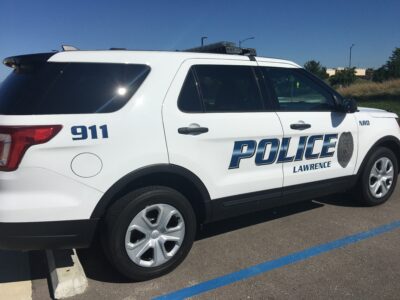1997 rape an example of cold case solved
A fingerprint match is found in a database, a lab is able to retest DNA material, a witness remembers a key detail.
And, sometimes, cold cases get solved.
“You never know,” said retired Kansas Bureau of Investigation Special Agent Scott Teeselink.
Teeselink said that despite the odds, law enforcement agents sometimes do get the break they need.
The recent Douglas County case that sent Robert Grey, 36, to prison for 26 years on a rape conviction is an example. The victim in the Grey case, a former Kansas University student, was kidnapped from Naismith Hall in 1997 and raped.
Police obtained a fingerprint and DNA evidence from the crime scene but were not able to match the evidence to a suspect for 10 years. But in 2007, Grey was arrested on an unrelated charge in Johnson County. His fingerprints matched those from the rape, and his conviction closed the case after 12 years.
Sgt. Micki Links, who heads the Cold-Hit Apprehension Detail for the Sacramento County, Calif., Sheriff’s Department, said her agency has made DNA matches on more than 200 unsolved cases and has solved murders dating back to 1972.
She said it’s vital for police to continue investigations on unsolved cases.
“Everybody’s strapped money-wise. (But) you have to have a resolution to these (cold cases),” Links said.
And raising awareness about cold cases — awareness that might bring an old witness to authorities — is sometimes as important to solving cases as forensic evidence, she said.
Solving cold cases means some level of justice to the victim’s family, but it also takes someone who might kill or sexually assault again off the streets.
“If you have unsolved cases, you still have suspects out there committing crimes,” she said.







